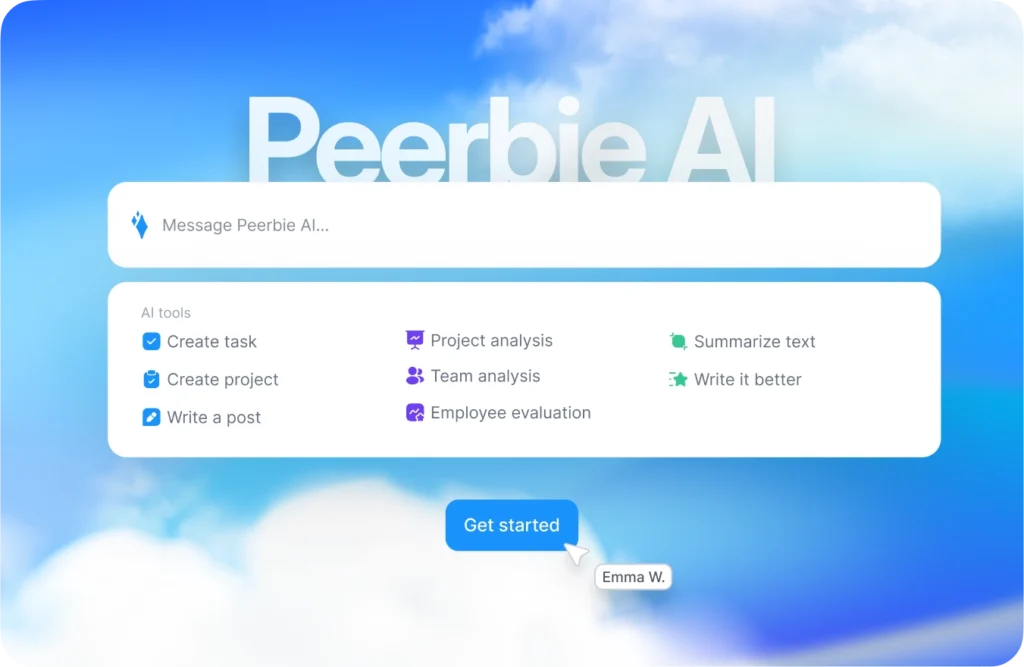What is a Freelance Business Model?

In today’s ever-evolving job market, the freelance business model has emerged as a powerful alternative to traditional employment. It is reshaping industries and empowering individuals to work on their own terms. But what exactly is this model, and why is it becoming so popular? Let’s dive deep into the freelance world and uncover its nuances.
What is a Freelance Model?
At its core, freelancing refers to self-employment where individuals offer services to clients on a project-by-project basis. Unlike traditional jobs that come with fixed salaries and long-term commitments, freelancers have the flexibility to work with multiple clients and define their own schedules.
Freelancers operate in a variety of fields, including:
- Writing and editing.
- Graphic design and illustration.
- Web development and IT support.
- Marketing, consulting, and more.
The main distinction of freelancing lies in its freedom and diversity. Freelancers typically choose their projects, negotiate fees, and decide where and how they want to work. This independence, however, comes with a set of responsibilities, such as managing their own taxes, insurance, and workload.

Key Components of the Freelance Business Model
To succeed as a freelancer, one must understand the fundamental components of this business model:
1. Skills and Expertise:
- Skills are the foundation of freelancing. Whether technical or creative, freelancers rely on their expertise to attract and retain clients.
- Continuous learning and upgrading skills are vital for staying competitive.
2. Networking and Client Relationships:
- Building a strong professional network is crucial for finding consistent work.
- Platforms like LinkedIn, Upwork, and Fiverr are popular for connecting freelancers with potential clients.
3. Tools and Technology:
- Freelancers use tools like project management software (Peerbie, Trello, Asana) and communication platforms (Peerbie, Slack, Zoom) to streamline their work.
- Tools for invoicing and time tracking, such as QuickBooks or Toggl, are equally important.
4. Payment and Contracts:
- Agreements outlining scope, deadlines, and payment terms are critical.
- Payment structures can range from hourly rates to flat project fees or retainers.
These elements collectively define the freelance business model, emphasizing adaptability, self-discipline, and entrepreneurial spirit.

How the Freelance Business Model Works
The freelance business model operates on a straightforward cycle:
1. Acquiring Clients: Freelancers market themselves through personal websites, social media, or freelance platforms. Building a portfolio showcasing past work is often the first step in gaining credibility.
2. Project Negotiation and Agreements: Once approached by a client, freelancers negotiate project details, timelines, and fees. Contracts play a vital role in protecting both parties and clarifying expectations.
3. Work Execution: The freelancer executes the project according to agreed-upon terms. This phase may involve ongoing communication and periodic progress updates.
4. Submission and Feedback: Completed work is submitted for review. Clients may request revisions before finalizing the project.
5. Payment and Relationship Building: Upon approval, the freelancer invoices the client. Timely payments and positive experiences often lead to repeat business or referrals.
This model is simple yet effective, providing both freelancers and clients the flexibility to collaborate on diverse projects without long-term commitments.
Advantages and Challenges of the Freelance Business Model
Like any career path, freelancing has its pros and cons:
Advantages:
- Flexibility: Freelancers can set their own schedules and work from anywhere.
- Diverse Opportunities: Freelancers can work on a wide range of projects across industries.
- Control Over Earnings: Higher rates and multiple clients can lead to substantial income.
Challenges:
- Income Instability: The lack of a steady paycheck can be stressful.
- No Benefits: Freelancers must handle their own health insurance, retirement savings, and taxes.
- Isolation: Working independently can sometimes feel lonely.
Despite these challenges, freelancing offers unparalleled freedom and potential for growth.
Steps to Starting a Freelance Business
Starting a freelance career requires careful planning and preparation. Here’s a step-by-step guide:
- Identify Your Skills: What can you offer that clients need? Highlight your strengths and focus on a niche.
- Create a Portfolio: Showcase your best work in a visually appealing way.
- Register Your Business: Depending on your location, you may need to register as a sole proprietor or LLC.
- Set Your Rates: Research industry standards and determine your pricing structure.
- Market Yourself: Leverage social media, freelance platforms, and networking to find clients.
- Build Client Relationships: Communicate effectively, meet deadlines, and exceed expectations to build trust and rapport.

Freelancing as a Career: Skills, Environment, and Outlook
Skills in Demand for Freelancers
Freelancers need to align their offerings with market demands to remain competitive. The most sought-after skills in the freelancing world span across industries:
1. Technical Skills:
- Web development, app development, and software engineering.
- Data analysis, machine learning, and artificial intelligence expertise.
- Graphic design, animation, and video editing.
2. Creative Skills:
- Content writing, blogging, and copywriting.
- Illustration, photography, and digital art.
- UX/UI design and branding strategies.
3. Business-Oriented Skills:
- Marketing, SEO optimization, and social media management.
- Virtual assistance and customer support.
- Project management and business consulting.
The key is to specialize and continuously learn to meet evolving client needs.
Ideal Work Environment for Productivity
Freelancers have the flexibility to create their ideal workspace, but the environment must foster focus and efficiency. Here are some tips:
- Dedicated Workspace: Designate a quiet and comfortable area as your home office.
- Ergonomics: Use an adjustable chair and desk to avoid strain during long work hours.
- Tech Setup: Ensure reliable internet, updated software, and backup systems.
- Time Management Tools: Apps like Trello, Notion, or Google Calendar can help prioritize tasks and maintain schedules.
- Minimized Distractions: Avoid interruptions by setting boundaries with family or roommates.
Freelancing’s Growing Role in the Global Economy
Freelancing is becoming a cornerstone of modern employment. The gig economy contributes significantly to global GDP, with countries like the United States, India, and the Philippines leading in freelance workforce numbers.
1. Job Creation: Freelancers often work for startups, SMEs, and multinational corporations, enabling job opportunities at every level.
2. Economic Flexibility: Companies save on overhead costs by hiring freelancers, and individuals earn based on merit rather than traditional salary structures.
3. Cultural Shifts: With remote work becoming the norm, freelancing is gaining acceptance as a legitimate career choice.
Freelancing Trends and Future Outlook
Remote Work and Digital Nomadism
The pandemic accelerated the adoption of remote work, normalizing freelancing as a viable career. A subset of freelancers, digital nomads, are leveraging this trend by working while traveling.
- Co-Working Spaces: Digital nomads often utilize global co-working hubs for connectivity and networking.
- Technology Integration: Tools like Peerbie, Zoom, Slack, and cloud-based platforms enable seamless collaboration across time zones.
Gig Economy Growth
The gig economy shows no signs of slowing down. With more businesses outsourcing tasks, freelancers are becoming integral to workforce strategies.
- Niche Specialization: From blockchain developers to sustainability consultants, niche expertise is in high demand.
- Platform Expansion: Websites like Toptal, PeoplePerHour, and specialized job boards are growing rapidly.

How to Become a Freelance Product Manager
A freelance product manager oversees the development and success of a product, working with diverse teams and stakeholders. Unlike traditional product managers, freelancers operate on a project basis, providing flexibility and diverse experiences.
Skills Required
- Strategic Thinking: Ability to align product goals with business objectives.
- Technical Knowledge: Understanding software development and user experience design.
- Communication Skills: Efficiently collaborating with cross-functional teams.
Steps to Enter the Field
- Gain Experience: Start by working in product management roles or taking relevant courses.
- Build a Portfolio: Highlight successful projects and measurable results.
- Network: Engage with product management communities on LinkedIn and industry forums.
- Find Clients: Leverage freelance platforms or pitch directly to startups in need of your expertise.
Freelancing as a product manager offers the perfect blend of flexibility and impact, especially in a tech-driven world.
The freelance business model has revolutionized the way people work, offering unparalleled freedom and opportunities. While it requires discipline, adaptability, and continuous learning, freelancing empowers individuals to craft careers that align with their passions and lifestyles. Whether you’re considering freelancing as a primary career or a side hustle, the potential is limitless.

